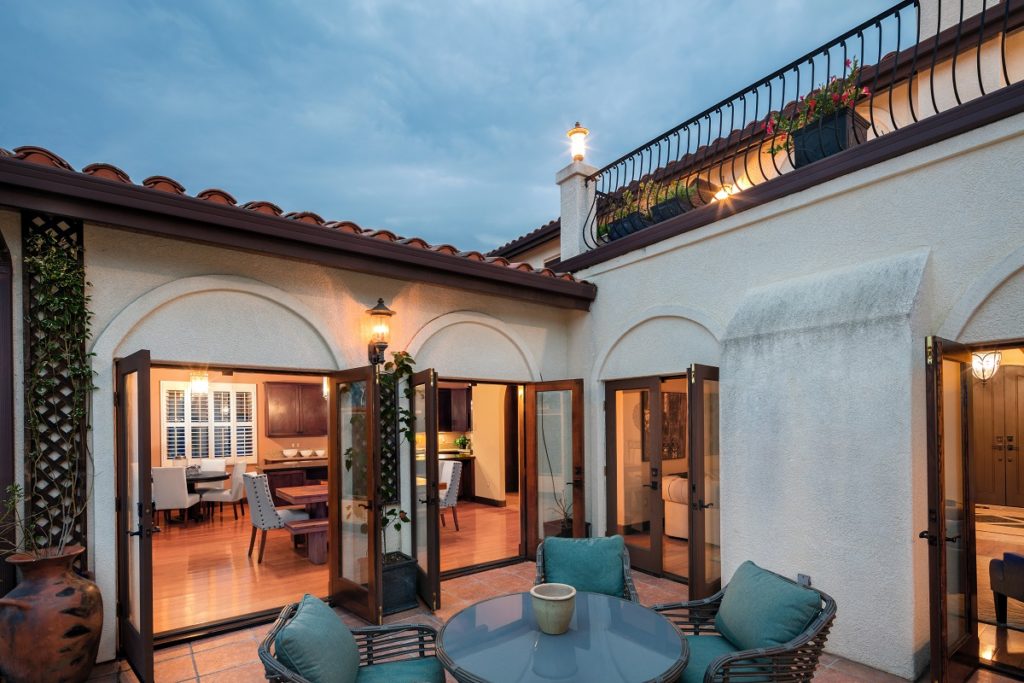Across the United States and worldwide, the trend of homelessness and new homes has been steadily rising ever since the early years of the 2010s. Most of the time, these new homes and buildings are slowly rotting away in disrepair as days go by. However, most real estate developers see the potential for these homes in providing a haven for families.
Although most old properties are relatively cheap, there are many factors to consider when developing an old house into a livable residential home. Here’s what you’ll need to know.
Factors to Consider
But right before you make any final decisions in buying an old property, it’s essential to keep the following factors into consideration. These factors will determine whether it’s worth it for you to buy an old home. Here are some things that you’ll need to weigh in:
What Are Some of the Hidden Costs?

First and foremost, we’ll need to discuss one of the more pressing factors for buying an old property: there are hidden costs that come with it. Many of these hidden costs will come in a variety of ways. Even after you’ve calculated everything and set aside a budget for your old house, you’ll also need to keep up with monthly expenses.
Most of the time, natural phenomena can be unpredictable and hard to prepare for, so most property owners will need to keep this in mind. Most experts would suggest having a “buffer zone” in terms of your budget since this will help with your budget and cushion monthly spending.
It’s important to note that some types of pests are quite “subtle” when it comes to their impact on the structural integrity of old homes. This is especially true for pests like termites that are tunnel and burrow into the wooden structural support of old houses.
Although termites and other types of pests might seem like mild annoyances, they can cause concern for many inhabitants. In fact, the United States alone will need to spend around 5 billion dollars worth of repairs annually against termites. This means that most households will need to pay up with thousands of dollars to repair or replace certain parts of the home that termite infestations have compromised.
Fortunately, some services can help survey your property and determine if there are any termite infestations. Termite control services can help ensure that the house’s structural integrity remains strong and stable. Having professional care and supervision can help you weigh-in on your options when renovating your old home.
Are There Materials That Can Be Repurposed?
Speaking of termites and wood, it’s to be expected that an old home’s foundation might already be at the end of its lifespan. This shouldn’t be a surprise when all building materials have a life expectancy that can be affected by various factors. Generally speaking, concrete, bricks, and steel have a better lifespan than wood since they can be susceptible to termites and water damage.
It’s best to first ask yourself if your old home’s supporting structure can be repurposed. Most traditional houses are designed to last decades to at least a century. Although, you might have to spend more if it’s already close to the end of its life expectancy.
You’ll need to have your property comprehensively inspected to ensure proper structural support. If needed, replacing your roof and supporting beams is better than an old home that’s on the verge of collapsing from compromised integrity.
Is It Possible to Preserve the Building’s Overall Appeal?
When you’re buying an old house that’s been around for decades, there’s a good chance that it has a fair amount of history behind it. Although you want to get as much revenue as possible from renovating and developing an old home, you might be stumbling across an essential piece of history.
That said, you don’t necessarily have to gut out the entire home and replace any history. Most architects and interior designers would suggest having a delicate balance between traditional and contemporary architectural styles. If you notice some interesting architectural details from previous generations, you might want to keep these details. Who knows? This might attract more potential buyers and can help add a bit of je ne sais quoi to your house.
Right before renovating or even buying an old home, these are just some things that you’ll need to consider. Although most real estate developers are adamant about turning the entire old house inside-out to get the “right” appeal, it’s still essential to have the right balance of old and new architectural styles. Nevertheless, function and durability should be the priority for any household. The last thing that any potential buyer wants is buying a home that won’t stand the test of time or easily give in to the natural elements.





